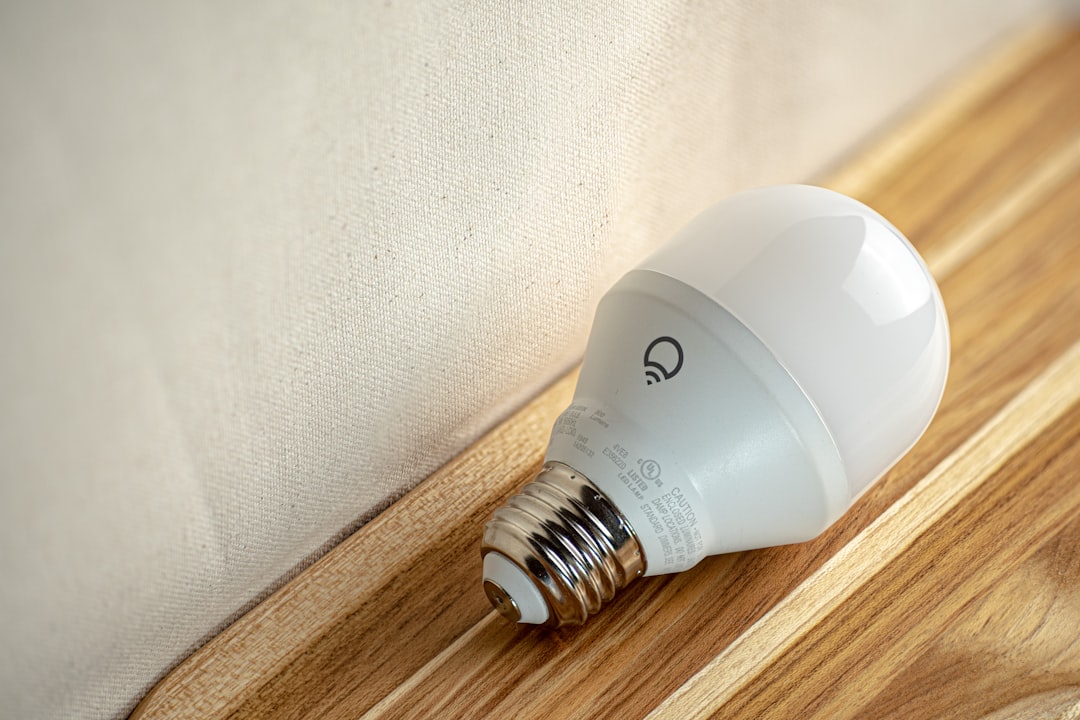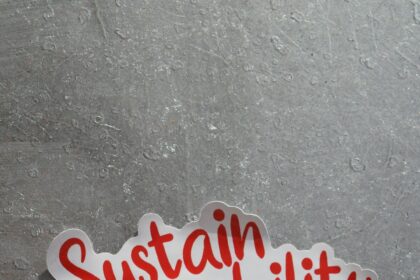Discover expert advice with QuickAdvisr. With rising energy costs and growing environmental concerns, finding ways to save energy at home has never been more important. How to Save Energy at Home: 10 Easy Tips to Lower Your Utility Bill is a practical guide to help you reduce energy consumption, save money, and contribute to a greener planet. Let’s dive into actionable steps you can take today!
- Why Saving Energy at Home Matters | Powered by QuickAdvisr
- 10 Easy Tips to Save Energy at Home
- 1. Switch to LED Bulbs
- 2. Unplug Unused Electronics
- 3. Optimize Your Thermostat
- 4. Seal Air Leaks
- 5. Use Energy-Efficient Appliances
- 6. Wash Clothes in Cold Water
- 7. Install Low-Flow Fixtures
- 8. Maximize Natural Light
- 9. Maintain Your HVAC System
- 10. Dry Clothes Naturally
- Comparison of Energy-Saving Methods
- Pros and Cons of Energy-Saving Practices
- Frequently Asked Questions
Why Saving Energy at Home Matters | Powered by QuickAdvisr

Reducing energy usage isn’t just about lowering your utility bills—it’s also about minimizing your carbon footprint. According to the U.S. Energy Information Administration, residential energy use accounts for nearly 20% of the country’s total energy consumption. By making small changes, you can make a big difference.
“Energy efficiency is the cheapest, fastest, and most effective way to reduce energy consumption and save money.” – U.S. Department of Energy
10 Easy Tips to Save Energy at Home

1. Switch to LED Bulbs
LED bulbs use up to 75% less energy than traditional incandescent bulbs and last significantly longer. Replace outdated bulbs with LEDs to reduce electricity usage and save money on replacements.
2. Unplug Unused Electronics
Many devices continue to draw power even when turned off, a phenomenon known as “phantom load.” Unplug chargers, appliances, and electronics when not in use or use smart power strips to cut off energy flow.
3. Optimize Your Thermostat
Invest in a programmable or smart thermostat to regulate your home’s temperature efficiently. Lowering the thermostat by just 7–10°F for 8 hours a day can save up to 10% on heating and cooling costs annually.
4. Seal Air Leaks
Drafts around windows, doors, and vents can lead to energy loss. Use weatherstripping or caulk to seal gaps and keep your home insulated, reducing the workload on your HVAC system.
5. Use Energy-Efficient Appliances
When replacing old appliances, look for ENERGY STAR-certified models. These appliances are designed to use less energy without sacrificing performance.
6. Wash Clothes in Cold Water
Heating water accounts for a significant portion of energy use in laundry. Switching to cold water for most loads can save energy and still clean your clothes effectively.
7. Install Low-Flow Fixtures
Low-flow showerheads and faucets reduce water usage, which in turn lowers the energy needed to heat water. This simple upgrade can save both water and energy.
8. Maximize Natural Light
Open curtains and blinds during the day to take advantage of natural light. This reduces the need for artificial lighting and can also help warm your home in the winter.
9. Maintain Your HVAC System
Regularly clean or replace air filters and schedule annual maintenance for your heating and cooling systems. A well-maintained HVAC system operates more efficiently and uses less energy.
10. Dry Clothes Naturally
Skip the dryer and hang clothes to dry whenever possible. Dryers are among the most energy-intensive appliances in the home, so air-drying can make a noticeable difference.
Comparison of Energy-Saving Methods
| Method | Estimated Energy Savings | Cost to Implement |
|---|---|---|
| Switch to LED Bulbs | Up to 75% | $10–$50 |
| Unplug Unused Electronics | 5–10% | $0 |
| Optimize Thermostat | Up to 10% | $100–$250 |
| Seal Air Leaks | 10–20% | $20–$50 |
| Use Energy-Efficient Appliances | 10–50% | $200–$1,000+ |
Pros and Cons of Energy-Saving Practices
| Practice | Pros | Cons |
|---|---|---|
| LED Bulbs | Long-lasting, energy-efficient | Higher upfront cost |
| Smart Thermostat | Automates temperature control | Requires initial investment |
| Energy-Efficient Appliances | Reduces energy bills | Expensive to replace |













